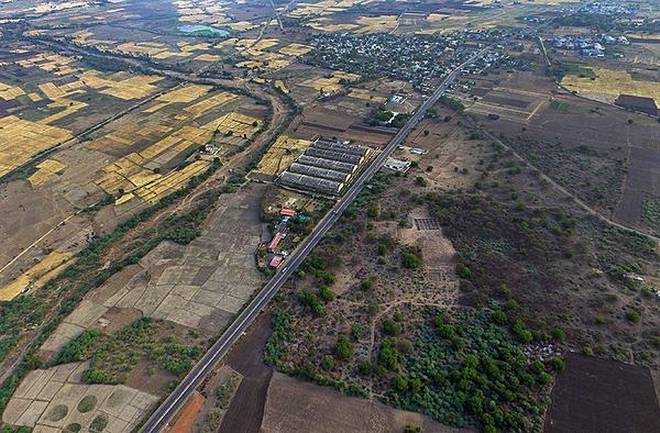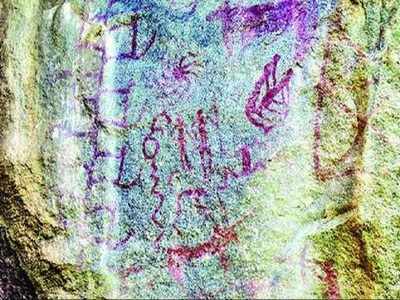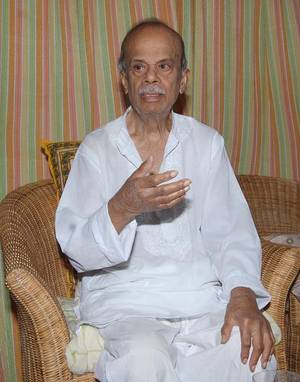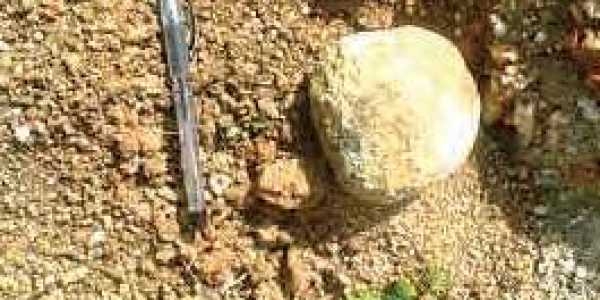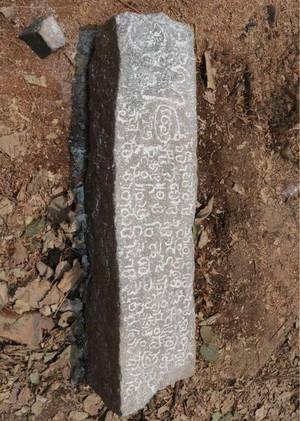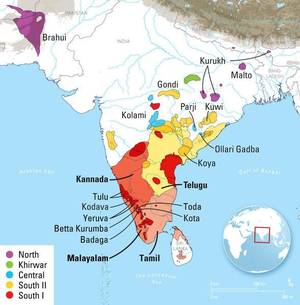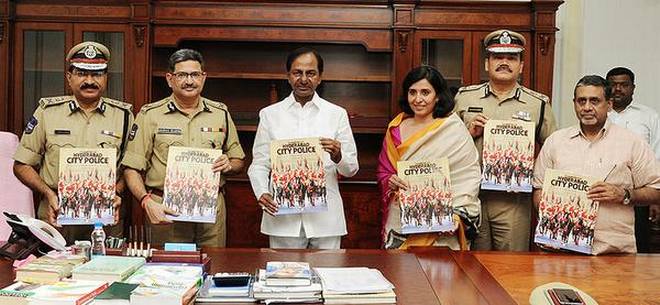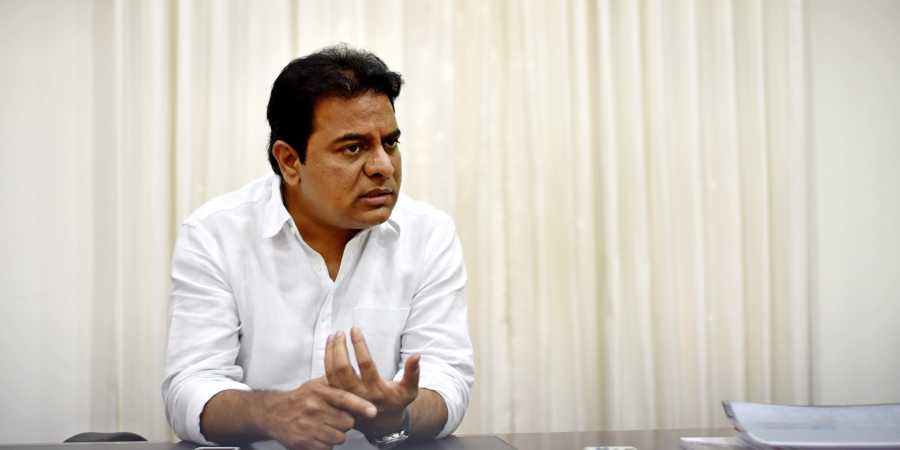
Sircilla :
There is a strong Uttar Pradesh connection in Sircilla, the assembly constituency of Telangana chief minister K Chandrashekar Rao’s heir apparent K T Rama Rao — there are families of people from the northern state who were recruited during the Nizam rule for collecting tax from landlords.
One such family that had migrated to northern part of the erstwhile Andhra Pradesh, now Telangana, was Shanti Prakash Shukla’s forefathers in 1930s who were specially recruited from Uttar Pradesh’s Unnao district to collect taxes from the Velama (zamindar or landlord) community to which the incumbent chief minister KCR belongs.
Velama is an upper caste that makes up only about 4 per cent of the population in Telangana at present.
“The Velama community was prominent here and they did not pay taxes to Nizams. Our forefathers came here to work as tax collectors in the ‘Razakar’ unit,” advocate Shukla, 65, told PTI in an exclusive interview.
‘Razakar’ was a military unit that was established under the Nizam’s rule solely for collecting taxes from the farming community.
It was Maharaja Peshkar Sir Kishen Pershad, a courtier in the Nizam’s regime, who had initiated the recruitment of people from Uttar Pradesh, as also of Sikhs from Punjab who had migrated here, Shukla said.
As feudal oppression and the Nizam’s autocratic rule became unbearable, Shukla said, it became difficult for his forefathers to collect taxes from poor farmers who had lost their crop and there were also atrocities against women and as a result of all this, they resorted to a revolt.
Shukla’s father Amritlal Shukla was born in Karimnagar district and gave up his teaching job to join the Communist Party in 1940s to take part in the freedom struggle against Nizams.
His mother Shantabhai Shukla was from Madhya Pradesh.
The advocate, who has four siblings, further said that the Nizams started deputing ‘Razakars’ to harass those resisting integration of Hyderabad state in the Dominion of India.
“My father was in jail for 2-3 years. He escaped from the Nizam’s custody. He joined the Communist Party and was even elected as an MLA in 1957 from the Combined Community Party,” he said.
Many of the migrants from Uttar Pradesh are now working in various departments including in the state police.
“That is the reason you find more Hindi and Punjabi speaking population in Hyderabad,” said Shukla, who is married to a local and their two children are settled abroad.
Besides talking about the history, Shukla said the election campaign is in full swing in Telangana where the ruling TRS government is seeking a re-election, but what bothers him the most was the kind of money being spent on the elections.
“I remember, my father had spent only Rs 350 on election but now each MLA is spending Rs 15 crore,” he said amid high-pitch loudspeaker announcement outside asking people to vote for ‘car’, the symbol of Telangana Rashtra Samithi (TRS).
Chief minister KCR’s son, who is popularly known as KTR, is contesting for the third time from Sircilla constituency, which is about 140 kms from the state capital Hyderabad, in the December 7 assembly polls.
He had won with a margin of over 53,000 votes against his Congress rival in the 2014 assembly elections.
Noting that the Communist had a stronghold in Sircilla till 1967, Shukla said, “Time has changed. Now goondas and rowdies are entering politics and there is no ideology.”
His wife Jhansi Lakshmi, a retired lecturer, said her father M Narayana from Khamman district had also fought against the Nizam rule during the freedom movement.
She is now currently working in an NGO creating awareness among women voters about elections and to exercise their voting rights independently and without any influence from their husbands.
source: http://www.newindianexpress.com / The New Indian Express / Home> Elections> Telangana / by PTI / December 02nd, 2018
